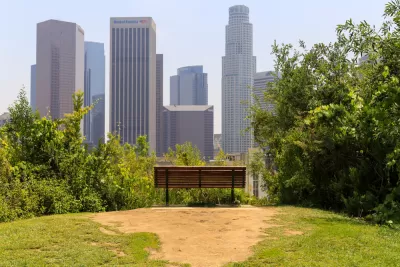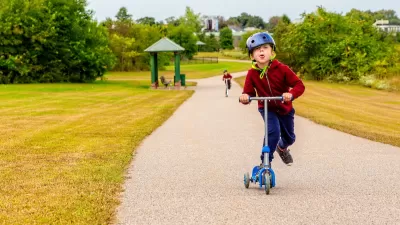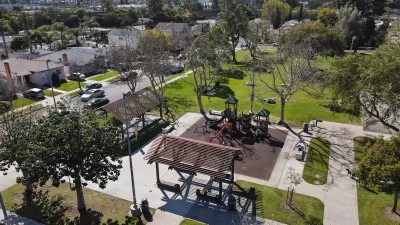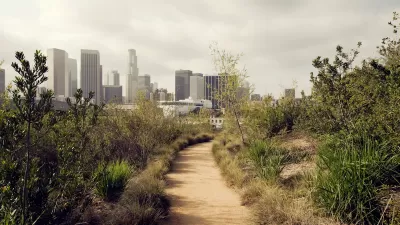A new approach prioritizes investments in the capacity of people closest to the problem to achieve population-level impacts.

Parks and other green spaces are crucial for the health and well-being of communities, a fact that has been made even clearer during the COVID-19 pandemic. However, not all residents have equal access to these vital resources and key community infrastructure. Addressing these inequities requires advocates’ utmost attention, urgency, and action. A new approach to achieving park equity can result in transformation and improve the quality of life for residents in underserved communities.
Across the United States, a growing number of jurisdictions are adopting park and green space equity policies. Examples include public finance measures that have an equity focus, park agency organizational changes, documentation of park needs and inequities, joint use policies for school facilities, land use policies that facilitate access to green space, policies and ordinances requiring community engagement for park development, and anti-displacement provisions within green space equity initiatives. But in many low-income communities of color, longstanding inequities remain. A growing movement of park equity advocates, including community-based organizations and community members exercising their own power, is working to change that.
In the new paper, "Changing the Landscape: People, Parks, and Power," the Prevention Institute and Dr. Alessandro Rigolon of the University of Utah offer a new approach to park and green space equity that prioritizes investing in the capacity of people closest to the problem so that they can drive policy and systems changes to achieve population-level impacts.
FULL STORY: How park equity can advance health equity and racial justice

Planetizen Federal Action Tracker
A weekly monitor of how Trump’s orders and actions are impacting planners and planning in America.

San Francisco's School District Spent $105M To Build Affordable Housing for Teachers — And That's Just the Beginning
SFUSD joins a growing list of school districts using their land holdings to address housing affordability challenges faced by their own employees.

The Tiny, Adorable $7,000 Car Turning Japan Onto EVs
The single seat Mibot charges from a regular plug as quickly as an iPad, and is about half the price of an average EV.

Seattle's Plan for Adopting Driverless Cars
Equity, safety, accessibility and affordability are front of mind as the city prepares for robotaxis and other autonomous vehicles.

As Trump Phases Out FEMA, Is It Time to Flee the Floodplains?
With less federal funding available for disaster relief efforts, the need to relocate at-risk communities is more urgent than ever.

With Protected Lanes, 460% More People Commute by Bike
For those needing more ammo, more data proving what we already knew is here.
Urban Design for Planners 1: Software Tools
This six-course series explores essential urban design concepts using open source software and equips planners with the tools they need to participate fully in the urban design process.
Planning for Universal Design
Learn the tools for implementing Universal Design in planning regulations.
Smith Gee Studio
City of Charlotte
City of Camden Redevelopment Agency
City of Astoria
Transportation Research & Education Center (TREC) at Portland State University
US High Speed Rail Association
City of Camden Redevelopment Agency
Municipality of Princeton (NJ)





























